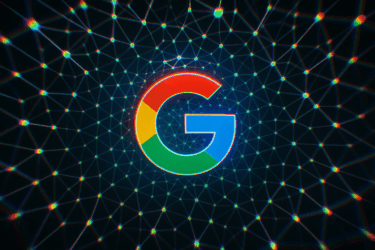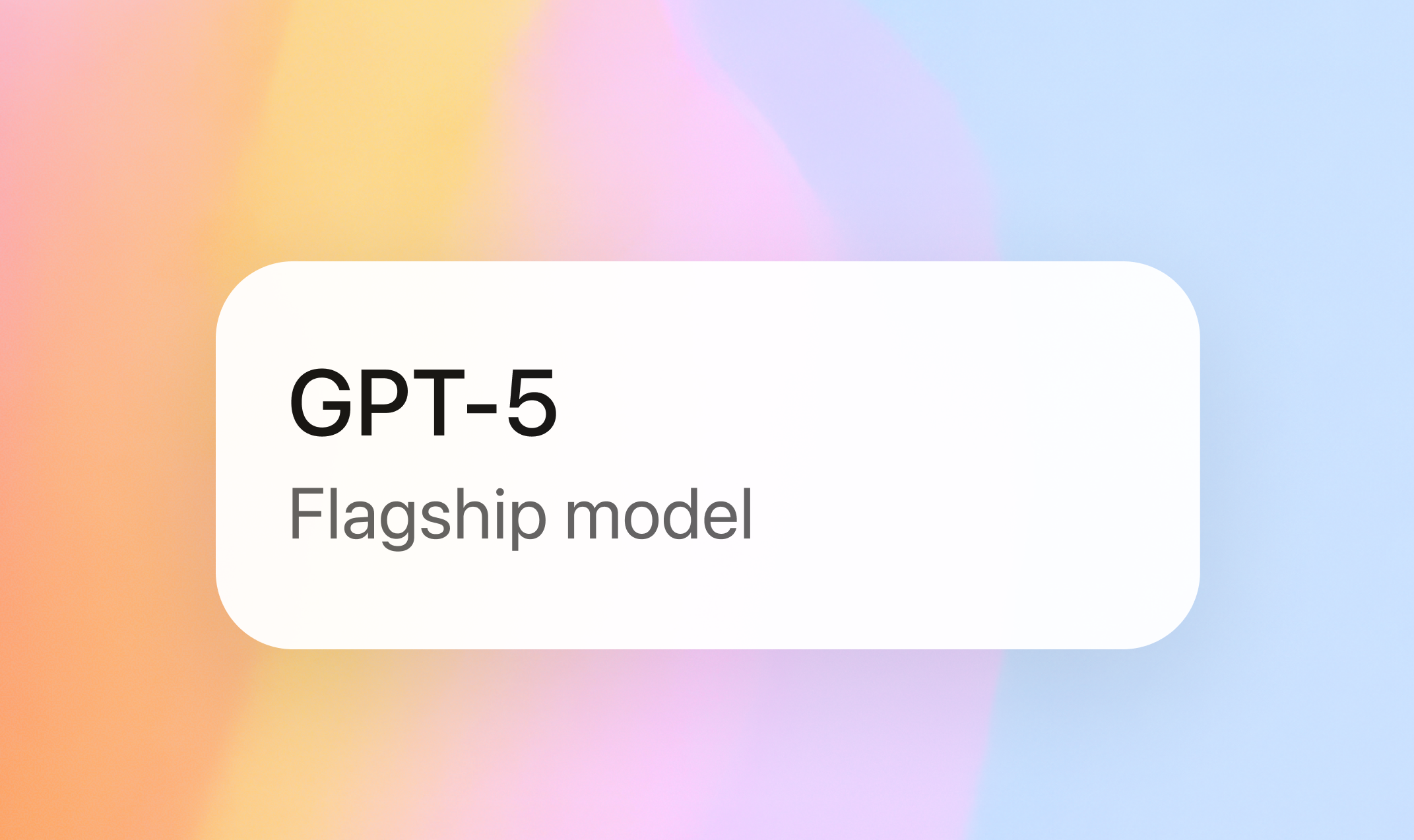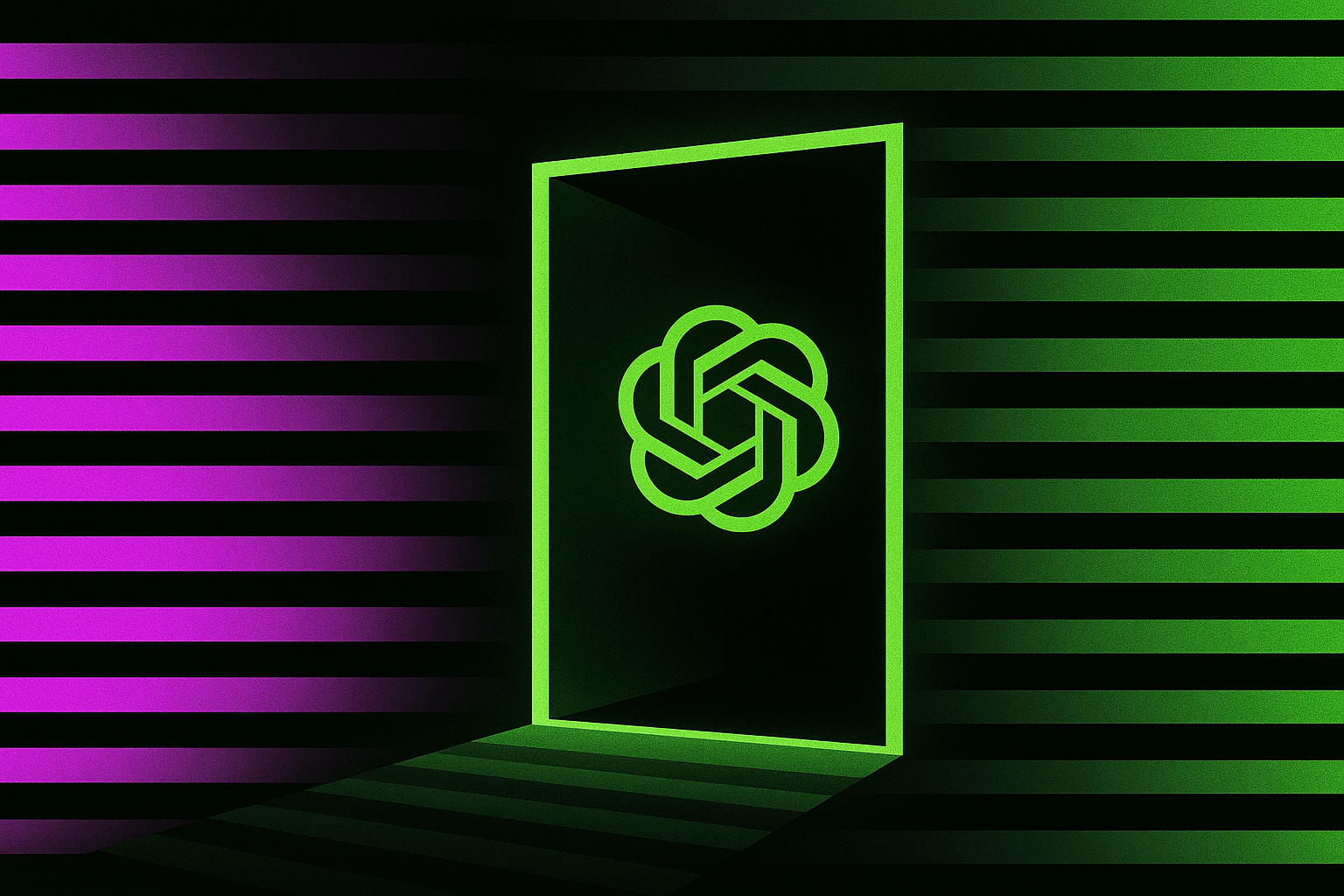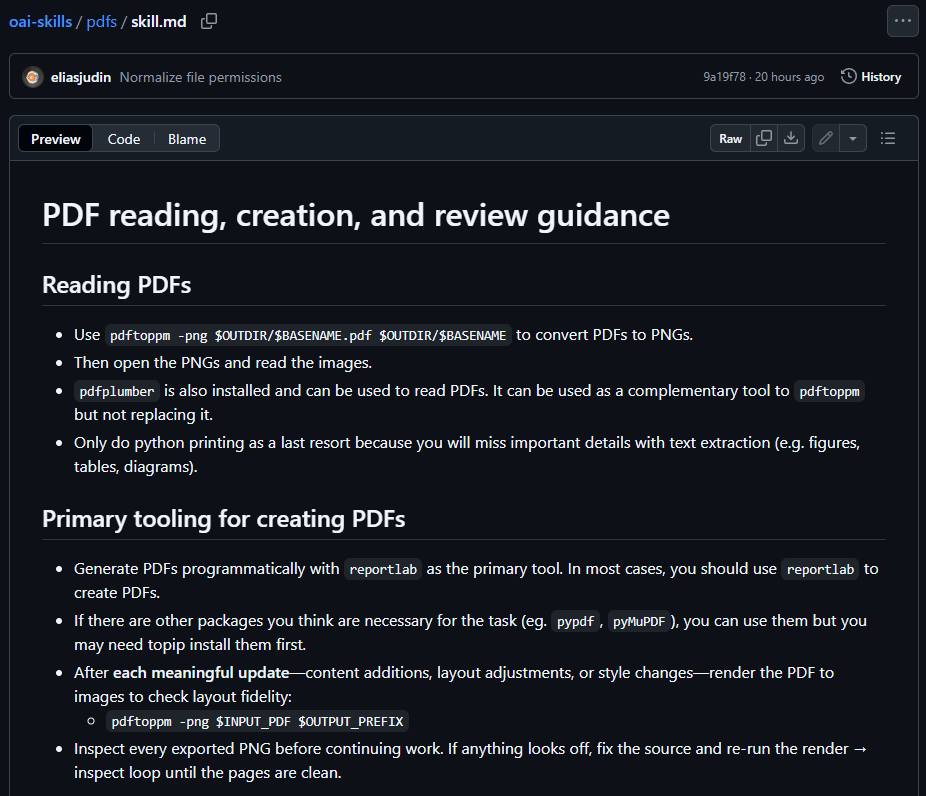Robot vacuum pioneer iRobot has filed for bankruptcy and plans to hand control to its main Chinese supplier, Shenzhen PICEA Robotics. According to Bloomberg, shares of the Roomba maker will be wiped out under the bankruptcy plan. While the company will be delisted, it intends to continue operations as a going concern.
To set up the deal, Shenzhen PICEA acquired $191 million of iRobot's debt from the Carlyle Group. iRobot attributed the filing to a post-pandemic sales slump, supply chain issues, and stiffer competition from cheaper rivals. The move comes after a planned acquisition by Amazon fell apart in 2022 following opposition from EU regulators.
The company listed assets and liabilities between $100 million and $500 million. In a statement, iRobot confirmed it would continue paying employees and suppliers throughout the court proceedings.








